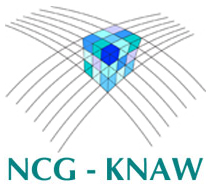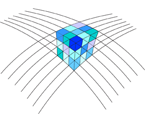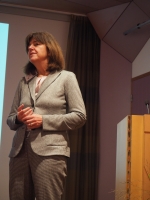De workshop wordt georganiseerd door FIG, EuroSDR en de TU Delft en wordt gesponsord door de NCG.
Why the second Workshop on 3D Cadastres?
The ever increasing complexity of densely built-up areas, including above and below surface infrastructures, requires a proper registration of the legal status (private and public). This can only be provided to a limited extent by the existing two dimensional cadastral registrations. The possibility to register property in three dimensions efficiently will facilitate the dense and complex use of space. Despite all research and progress during the last decade, still no country in the world has a true 3D cadastre, the functionality is always limited in some manner; e.g. only registering of volumetric parcels in the public registers, but not included in a 3D cadastral map, or limited to a specific type of object with ad hoc semi-3D solutions (e.g. for buildings or infrastructures). The aim of the Workshop on 3D Cadastres is to consider the 3D issue of cadastral registration in an international context. The workshop will be organized as joint activity of the International Federation of Surveyors (FIG), the European Spatial Data Research Organization (EuroSDR) and TU Delft. Within the FIG, the Working Group on 3D Cadastres has taken the initiative to organize the second workshop on this topic. The first Workshop on 3D Cadastres, held at Delft University of Technology in November 2001, marked the start of the raised awareness for this topic.
Workshop scope and mission
The main purpose of this workshop is to have a fruitful exchange of ideas. There does not exist a single best solution for a 3D Cadastre. In all cases for the establishment of such a cadastre, legal, institutional and technical issues have to be addressed. The level of sophistication of each 3D cadastre will in the end be based on the user needs, land market requirements, legal framework, and technical possibilities. Therefore, in line with the ISO 19152 Land Administration Domain Model (LADM) it is the intention to explore the optimal trade-offs between 2D en 3D cadastral solutions. It is also imperative to address the issues that arise in the transition zones between 2D and 3D representations. The concept of 3D cadastres with 3D parcels is intended in the broadest possible sense. 3D parcels include land and water spaces, both above and below surface. However, what exactly is (or could be) a 3D parcel is dependent on the legal and organizational context in the specific country (state, province).
Meer informatie:















